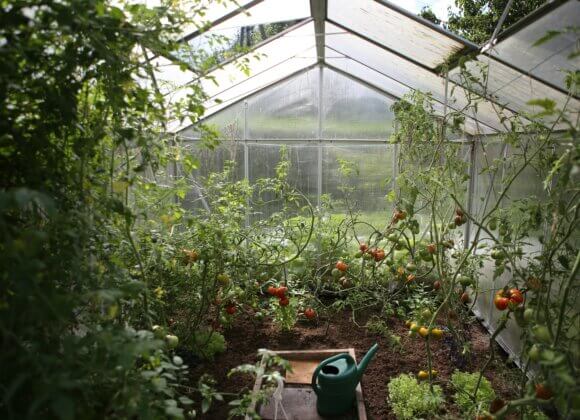Cheese is much more than a culinary delicacy – it is the result of centuries of craftsmanship combined with modern sophistication. The variety of types, textures and flavors offers inexhaustible potential for connoisseurs. Johannes Lingenhel, who has created a true paradise for cheese lovers in his delicatessen in 1030 Vienna, provides insights into cheese production, storage and the art of serving – and shows how cheese becomes an experience for the palate and senses.
Mr. Lingenhel, first question for the expert: How do temperature and humidity affect the ripening of cheese, and how can hosts create optimal storage conditions at home to preserve the quality of a ripened cheese?
The cheese blanks are generally matured at 12-17°C, depending on which Penicillium is used, and at a fairly high level of humidity. The humidity is important to prevent the dough from cracking. Cheese should only ever be wrapped in paper from a specialist shop and not in foil so that it can breathe. A cheese humidor would be ideal – but this is not usually available. We therefore recommend that our customers buy the amount of cheese that they will eat in the next 3-4 days. Also very important: When serving, the cheese should at least be at room temperature.
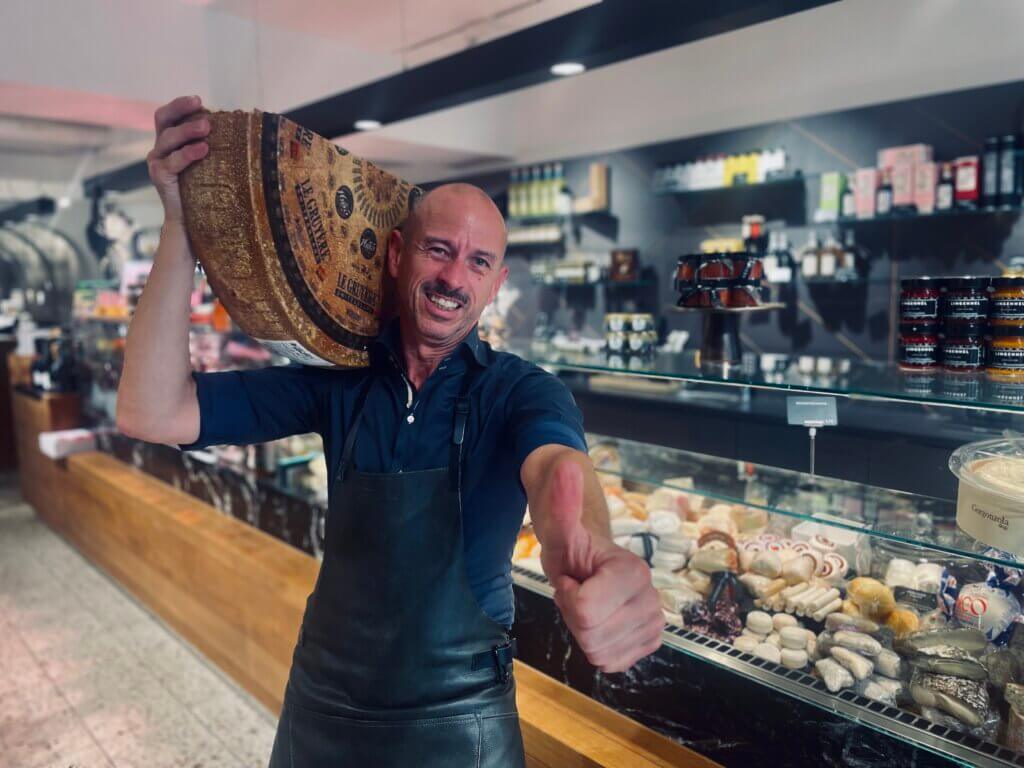
How do different types of milk affect the taste and texture of cheese, and which types would you recommend for an ambitious amateur cheesemaker?
The fat content is one of the most decisive factors in cheese production in terms of taste and creaminess. The texture depends on the type of cheese that is made – how the curd is cut and how much milk is removed. Goat’s milk is often referred to as the top class. I would therefore start with cow’s milk.
Can you recommend some lesser-known but impressive cheeses that might surprise even experienced guests, and what is the best way to serve them?
Herve – this is a Belgian cow’s cheese that is refined with a beer. That’s why I recommend a pale ale beer to go with it. And then there’s Bon Repas – a Gouda cheese made according to the old tradition of Maigouda.
What are the main mistakes to avoid when storing cheese at home and what methods guarantee optimal storage and maturing?
Cheese is a living product that is constantly evolving. Therefore, please only store the cheese in paper in which it can breathe – no Tupperware, no foil! Optimum storage is at a certain humidity and around 6°C. The cheese should be brought to room temperature before eating.
As a host, how can you create a cheese board that impresses both visually and in terms of taste, and what combinations of cheeses and accompaniments do you recommend?
The cheese should always range from mild to spicy.
Personally, I’m a big purist – I prefer to eat cheese without anything added to experience the pure taste.
Of course, some varieties can be wonderfully combined, such as blue cheese with pear.
Possible combinations would be:
– hard cheese: quince, pear mustard, beer, champagne
– red culture: grape berry jelly
– white culture: fig mustard or chutney, nuts
– goat: kumquats, pear, Riesling, matured Grüner Veltliner
Basically, whatever tastes good is allowed!
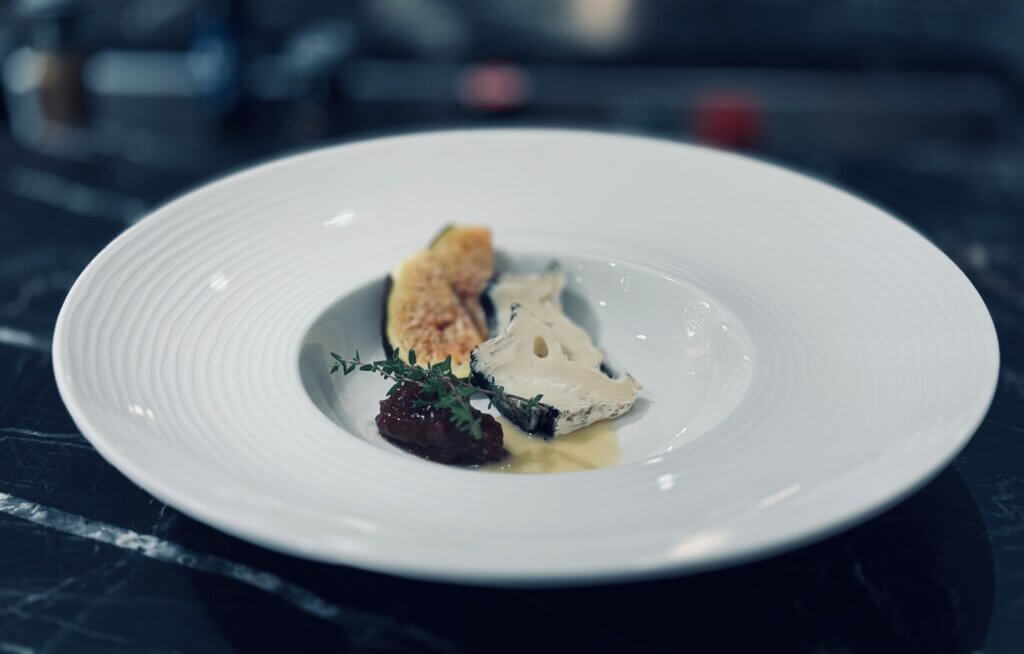
Are there certain cheeses that, due to their intense flavor or unusual texture, should only be served in small quantities to maximize the guest experience?
Fully ripened varieties such as Epoisses, Blue Mold or Goat should be enjoyed in small quantities – and always at the end.
How important is the origin and terroir of the cheese for its taste, and what should conscious consumers look out for when choosing cheese from different regions?
I pay attention to where the milk comes from. What the animal eats goes 1:1 into the milk. That’s why we attach great importance to the terroir. Summer milk is always tastier and better than winter milk, especially when it comes to hard cheese. We do not sell hard cheese made from winter milk.
In which cases do you recommend serving cheese at room temperature, and when should cheese be served chilled to guarantee the best possible taste experience?
Fresh cheeses such as burrata, feta or mozzarella should be served chilled. We enjoy all other varieties at room temperature – so please be careful in summer!
What does cheese mean to you as a host, and how do you use cheese to create a certain mood or atmosphere?
The cheese course is a must in our menus, and we serve the cheese before dessert. Cheese opens the stomach, not the other way around! Cheese is a living product that tastes different every day. I love working with it and try to pass this passion on to our staff so that our guests have an unforgettable experience.
Quick questions, quick answers
What types of cheese are available in Austria?
Austria is famous for mountain cheese! In the last 15 years, many small businesses have emerged that create exceptional varieties. In Vienna, for example, we produce camembert, cream cheese, cottage cheese made from goat’s milk and stracchino made from buffalo milk.
How much raclette cheese is calculated per person?
Approx. 200-250 g.
Which cheese is good for lasagna?
Scamorza, Grana.
Which cheese do you need for carbonara?
I use pecorino.
Which cheese is suitable for toast?
A cheese with a high melting point!
And which one for the soup?
For a truffle dinner, we always serve a fonduta with fontina from the Aosta Valley. For cheese fondue, I use Emmental, Gruyere and mature mountain cheese from Vorarlberg – for the tang, creaminess and flavor. Cut the cheese into cubes, soak in cold milk for about three hours and melt slowly over a bain-marie (!). Season to taste with cherry brandy.
Photos: Christof Wagner and Johannes Lingenhel
Related posts:


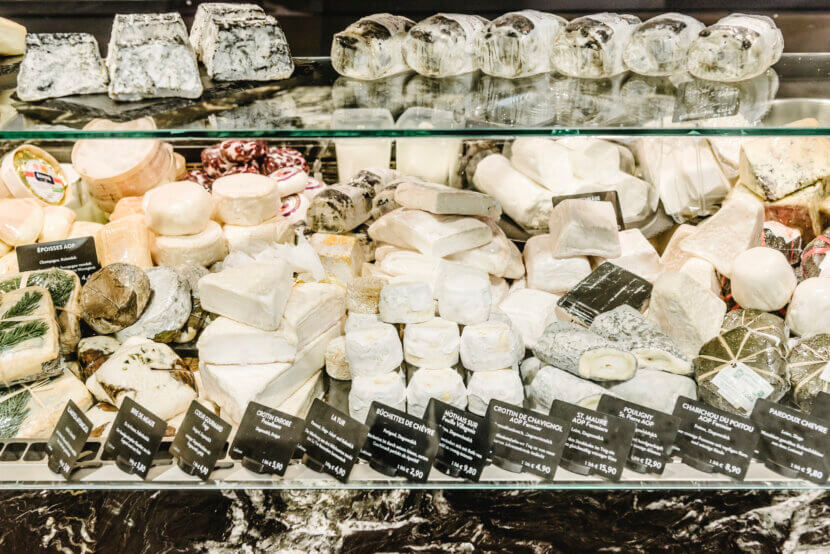
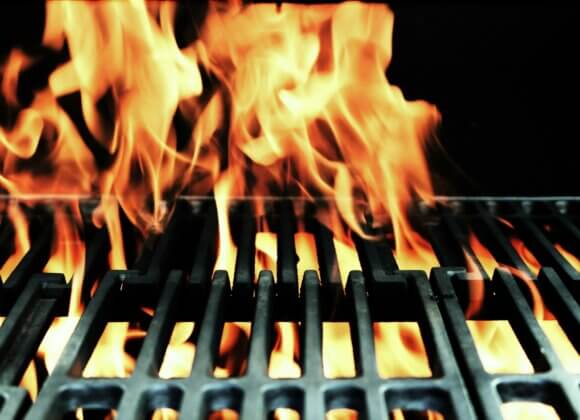
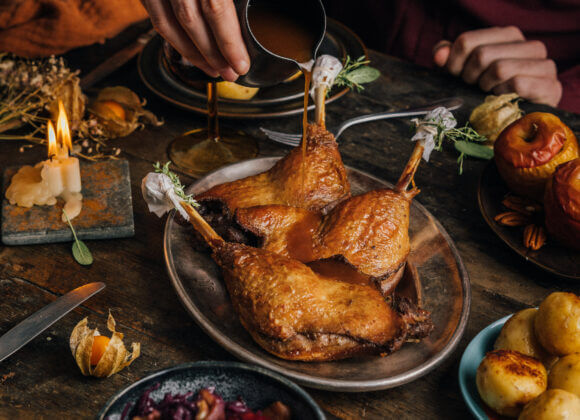
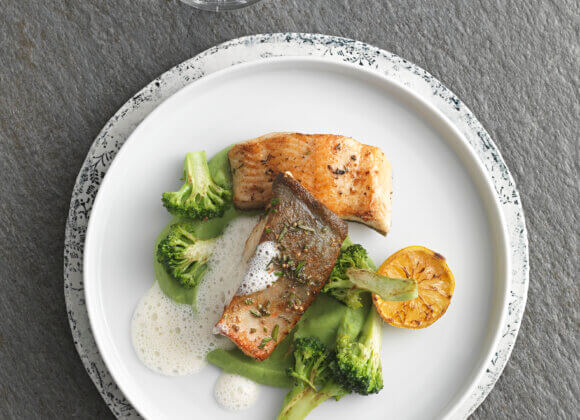
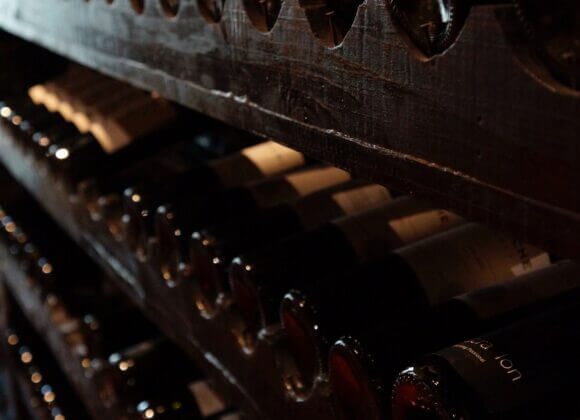



![Home cooking reloaded incl. competition Christoph_Krauli_Held©Monika_Loeff_19285[1]](https://myhome.at/wp-content/uploads/2025/09/Christoph_Krauli_Held©Monika_Loeff_192851-580x420.jpg)
